
In every generation, folk music captures the hearts, minds, and souls of its listeners. From Bob Dylan and The Mamas & the Papas to Simon & Garfunkel, Leonard Cohen, and Tracy Chapman, the genre has maintained a strong and comforting presence throughout the ages, one that introduced a capacity for experimentation and innovation. The early 2000s showcased the works of Sufjan Stevens, Fleet Foxes, Sharon Van Etten, and Bon Iver. The 2010s saw the rise of The Lumineers and Mumford & Sons. Now listeners have Noah Kahan, Lizzy McAlpine, Joy Oladokun, and Searows.
juniper is Spotify’s new home for budding and popular folk and acoustic songs from the latest crop of contemporary artists making the genre their own. It’s a space for handcrafted tracks that rise to the top through both organic cultural conversations and our Fresh Finds ecosystem.
“While folk music has always maintained its presence, there is a fresh wave of relevance sweeping through Gen Z right now that is hard to ignore,” says Carla Turi, Editor, Folk & Acoustic Programming. “At the heart, folk is rooted in raw authenticity and storytelling, which feels vital in a post-pandemic digital age. It’s always been music for the people, by the people. There is such a timeless nature to the space and its ability to provide a sense of peace to listeners when they need it most. Whether it’s ‘Suzanne’ by Leonard Cohen or ‘Growing Sideways’ by Noah Kahan, listeners are finding their own story within these songs.”
Named for a young green juniper tree, the playlist’s title evokes the cycle of life and the natural environment. Folk’s inherent connection to nature and tradition paired with the genre’s DIY ethos serves as a place for amplification and representation of this budding community.
“This current era of folk music is swiftly growing, thanks to the likes of Noah Kahan breaking boundaries and opening up the funnel for new Gen Z folk artists,” says Jackie Augustus, Lead, Country & Folk, Artist Partnerships. “We’ve seen folk continue to evolve as more and more artists are utilizing elements of the folk sound through fusion with other genres. Artists right now are perpetuating a tradition that’s been alive for centuries, and now they’re driving the narrative with their own experiences that center around personal struggles and navigating the world around them. We are seeing Gen Z react in a big way to relatability and honest songwriting, which is a huge driver for why listeners resonate so hard with Mitski, Lizzy McAlpine, Chance Peña, and other artists included in the juniper playlist.”
To launch the playlist, we hosted a dinner bringing together the emerging Gen Z folk music community that’s leading the resurgence of folk music. Artists Sierra Ferrell, Briston Maroney, John Vincent III, Izzy Heltai, and Odie Leigh joined in for a family-style dinner and a fire pit under the stars.




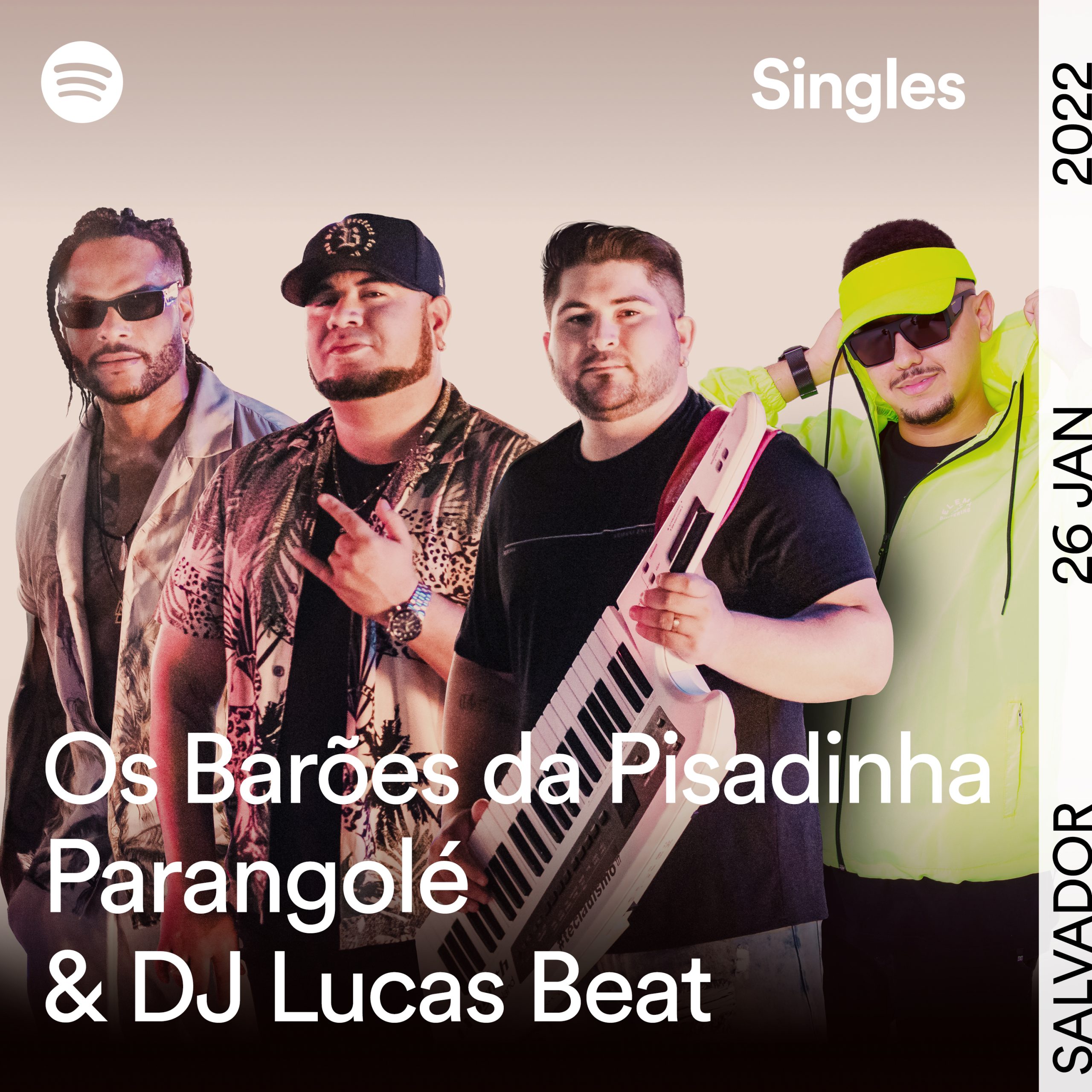
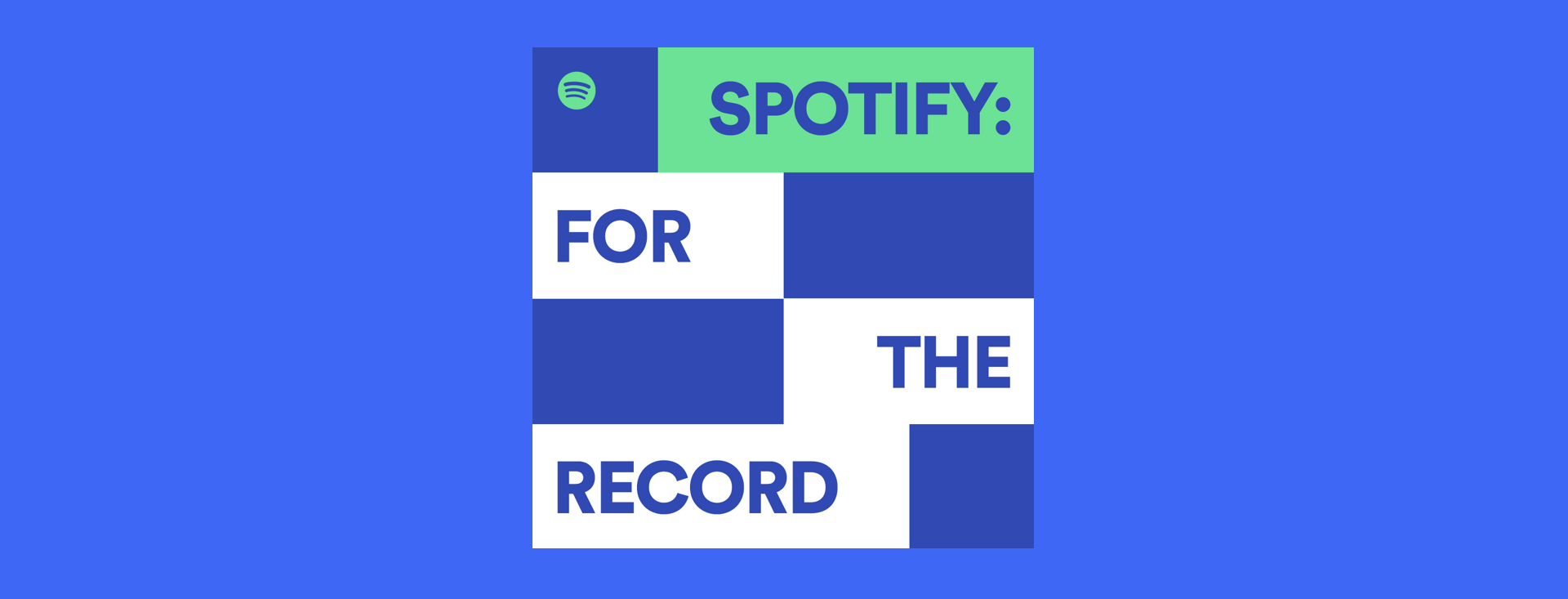
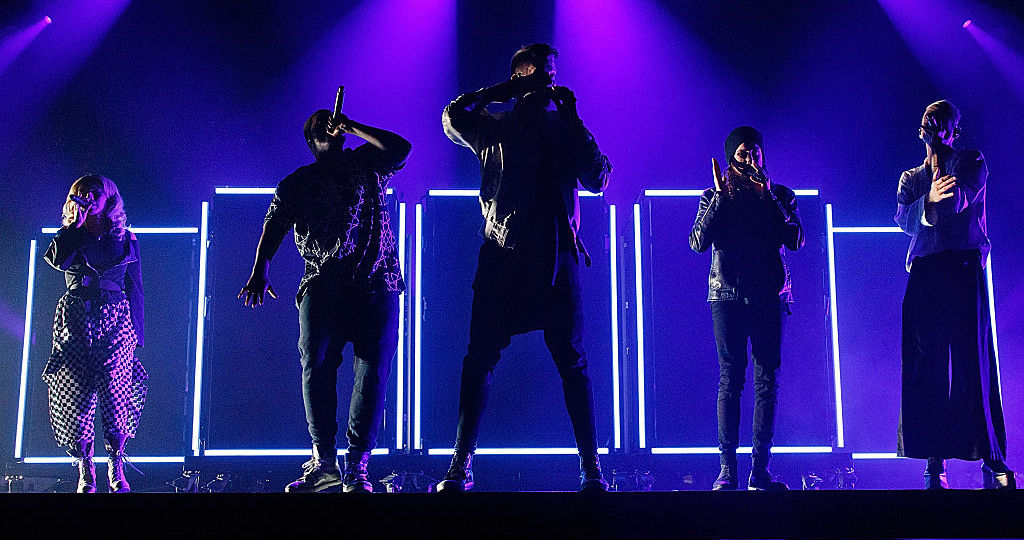
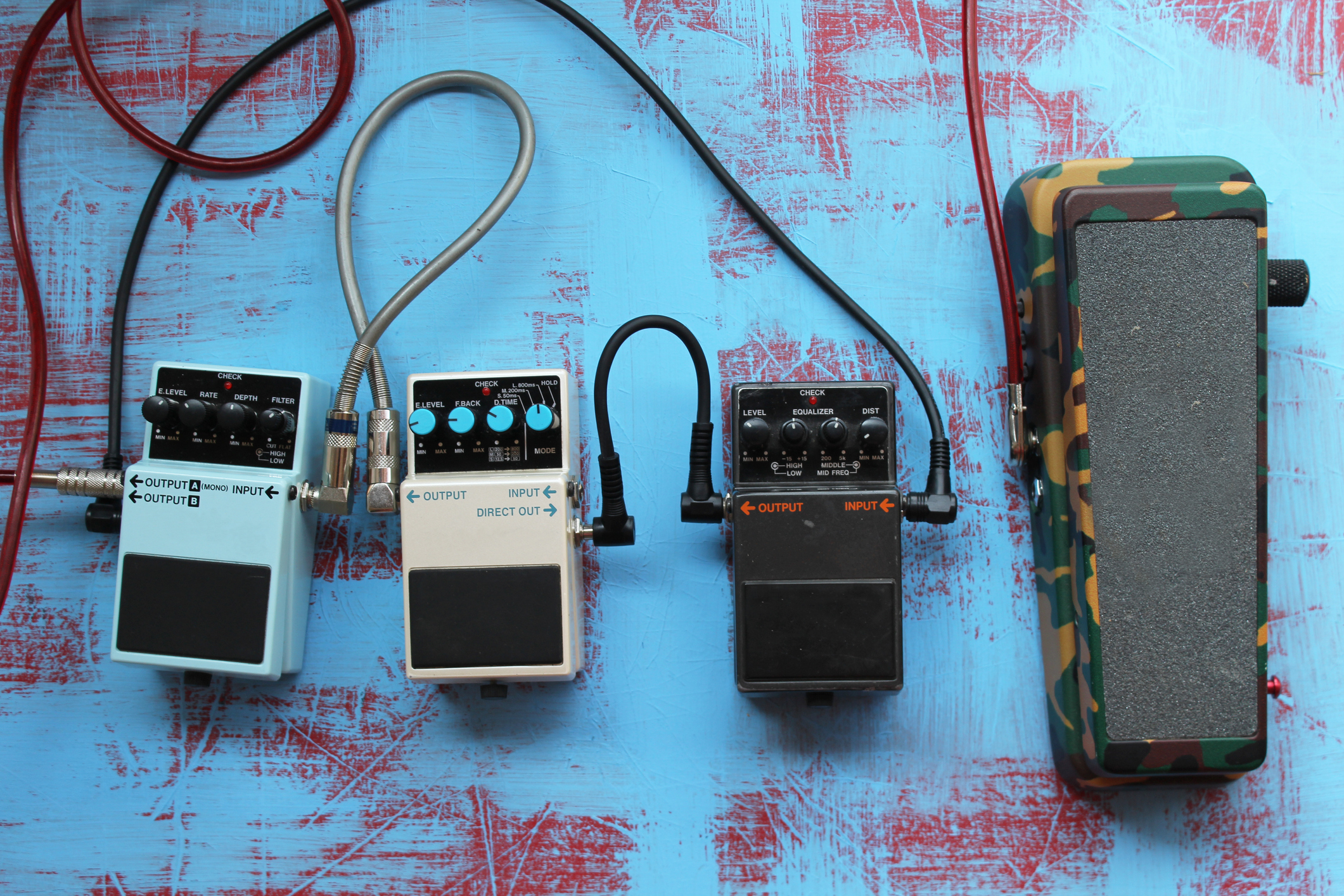
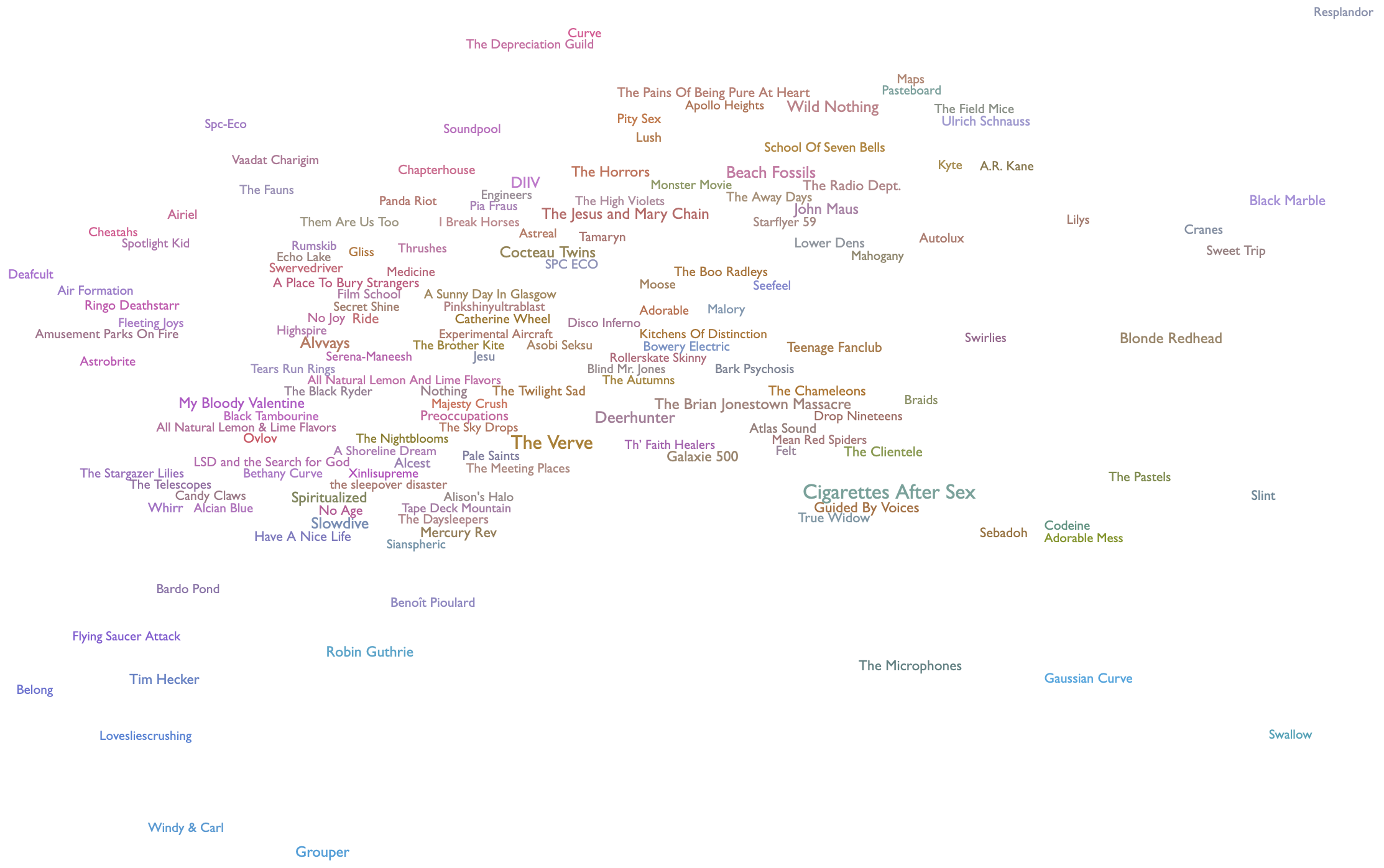
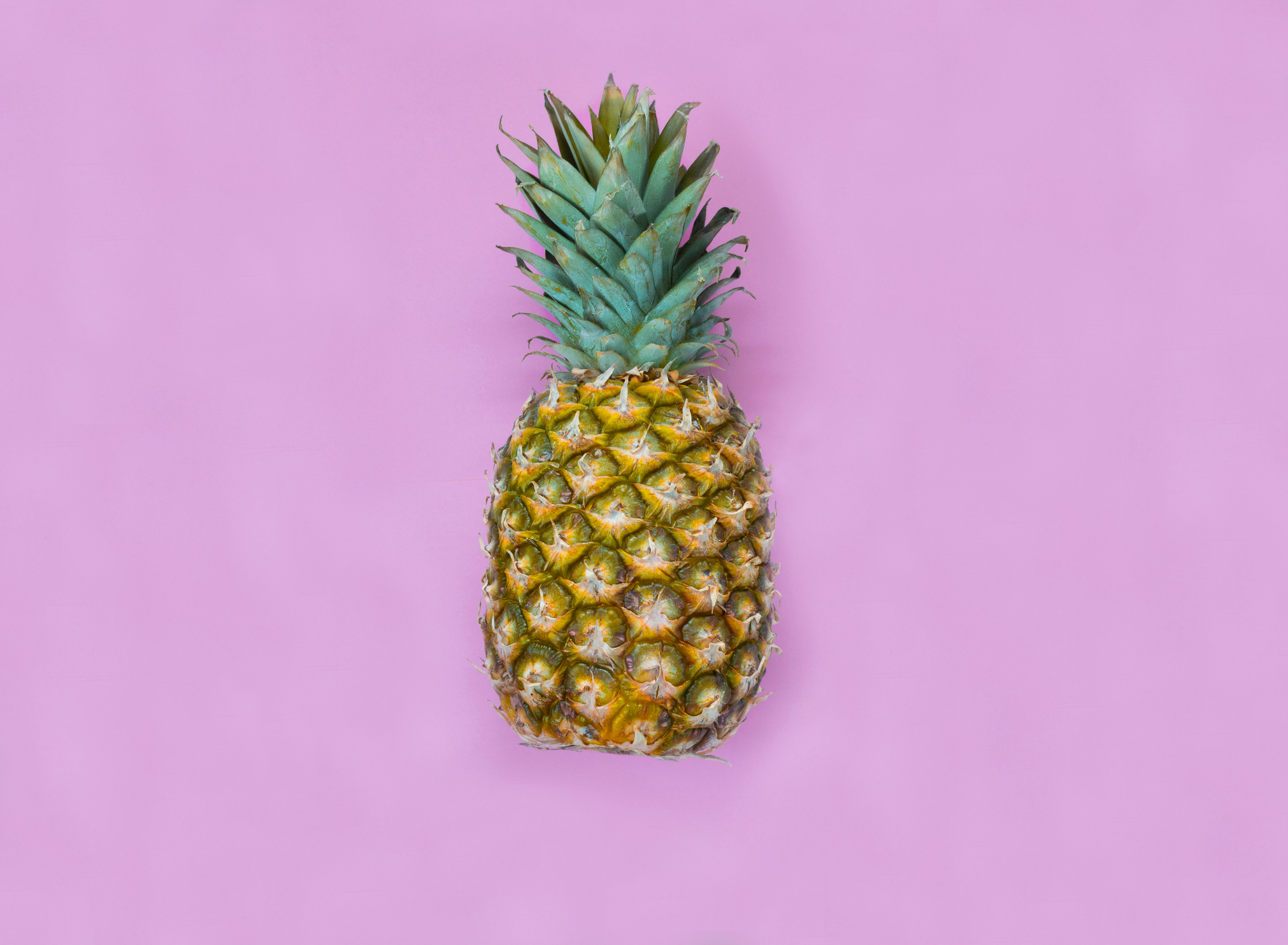
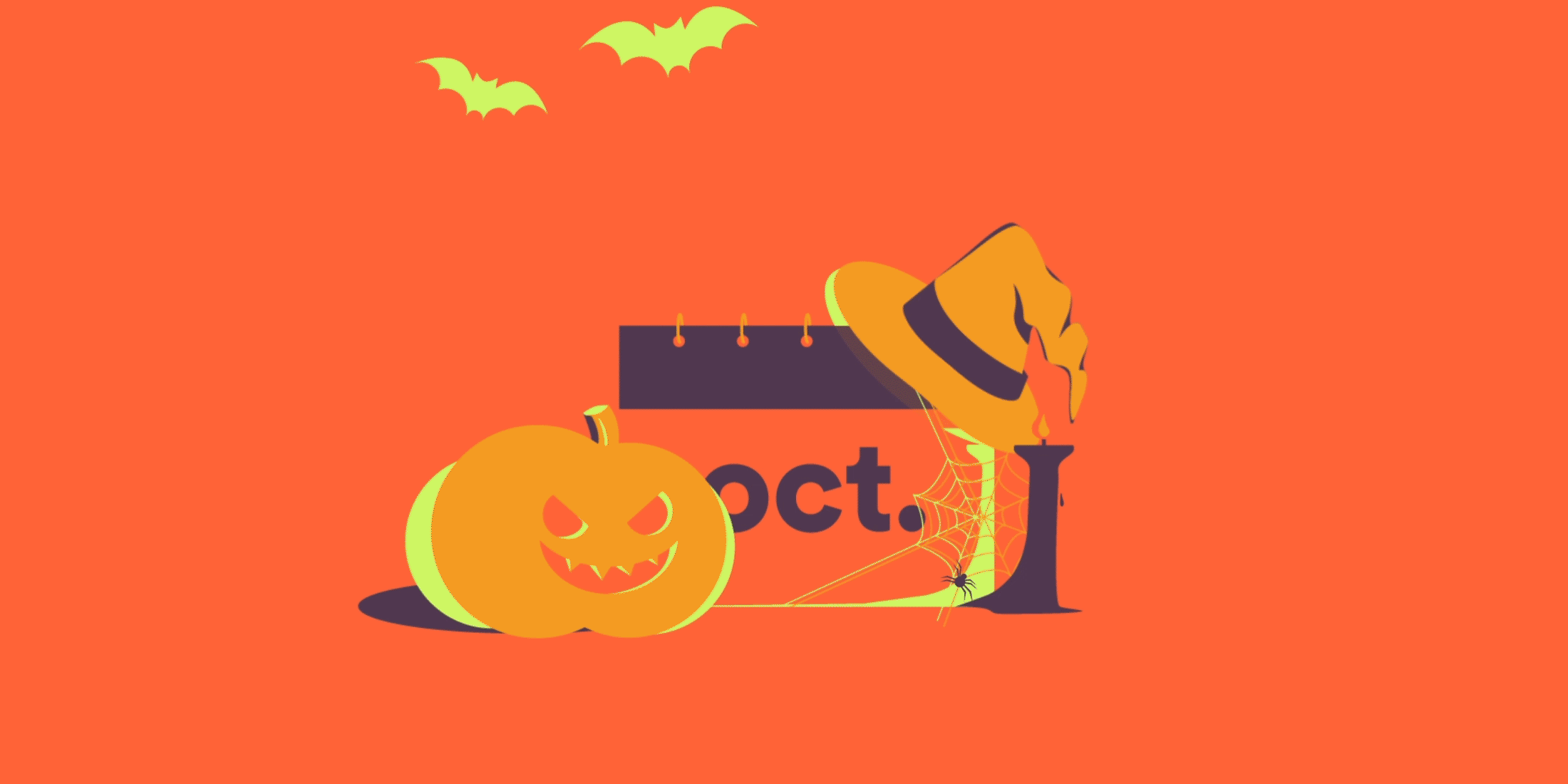
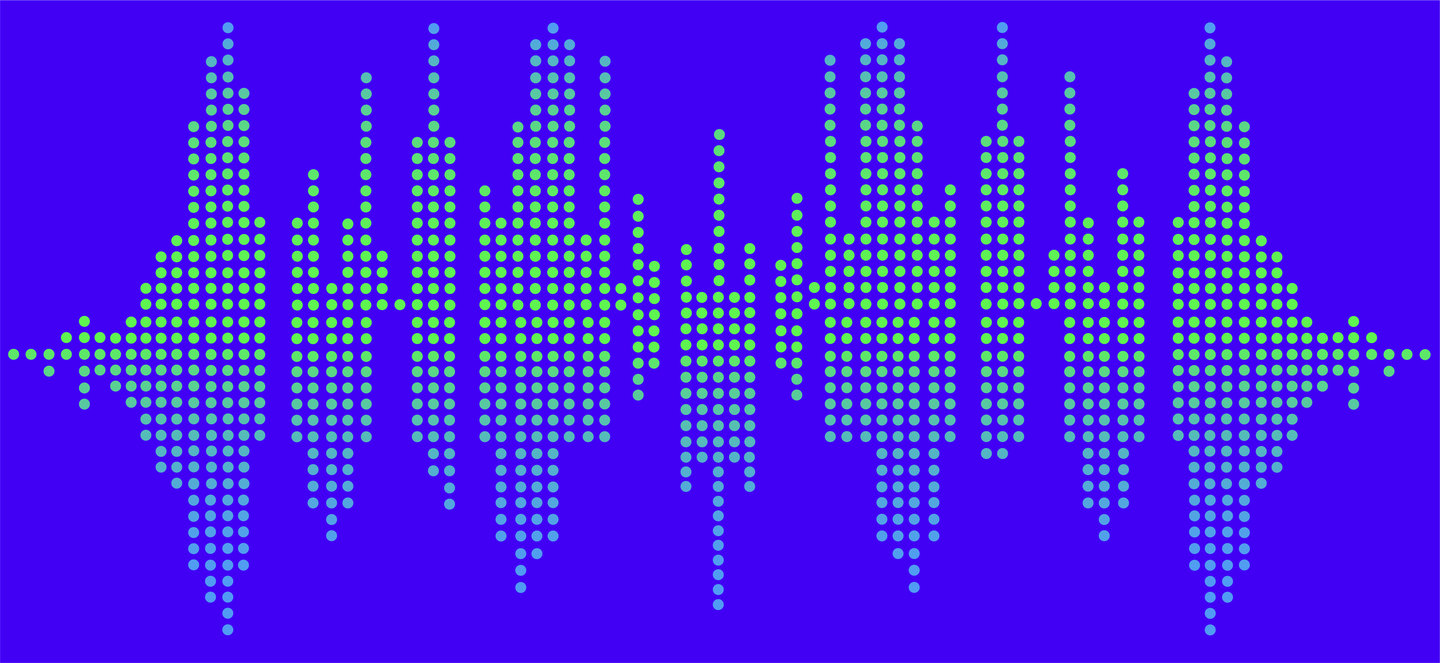


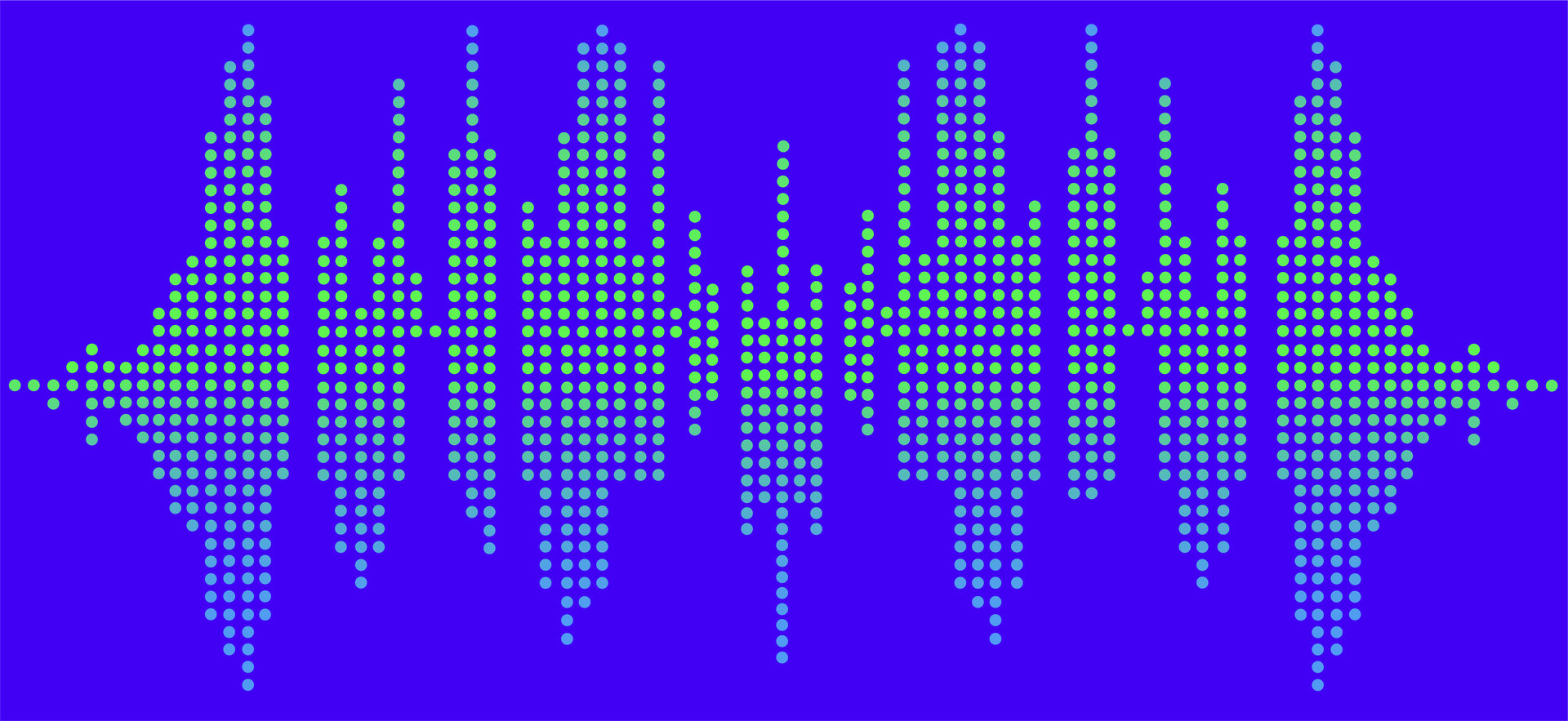

Recent Comments